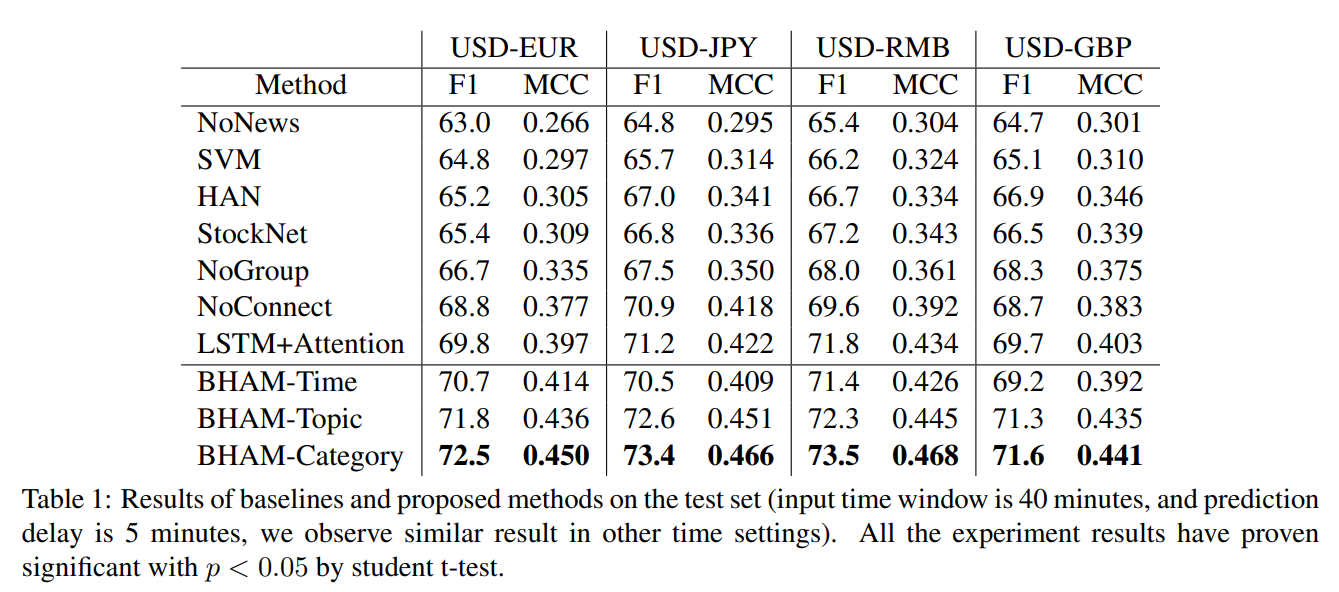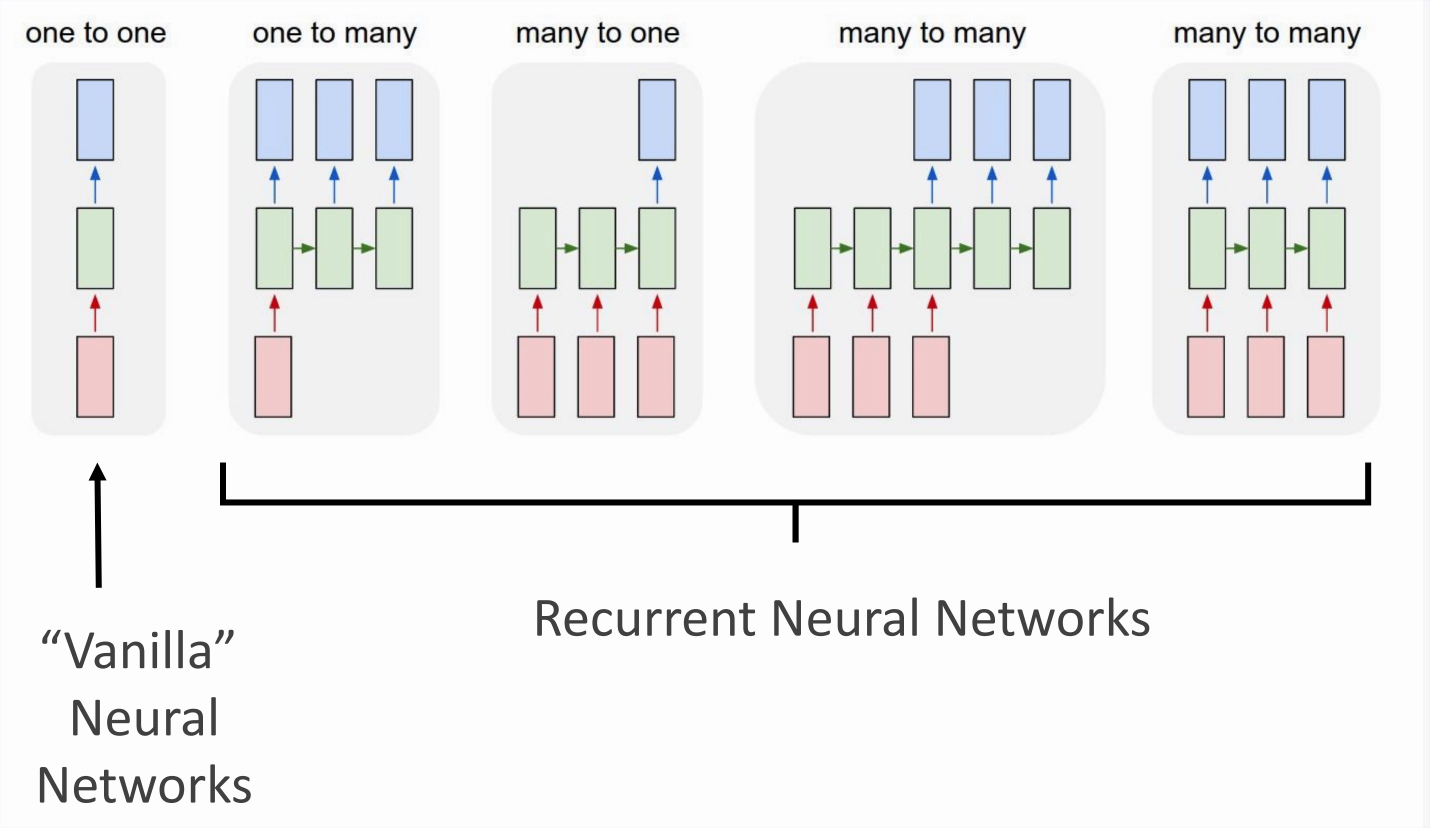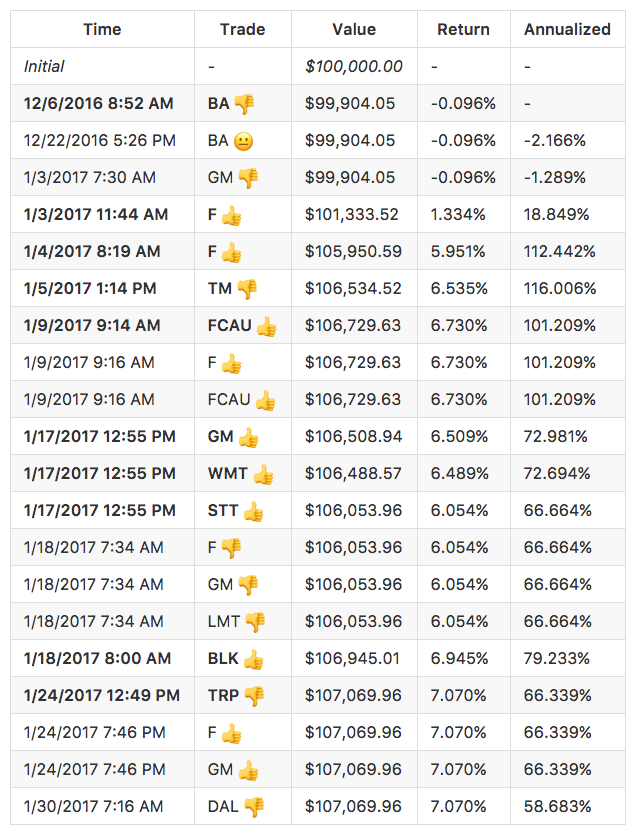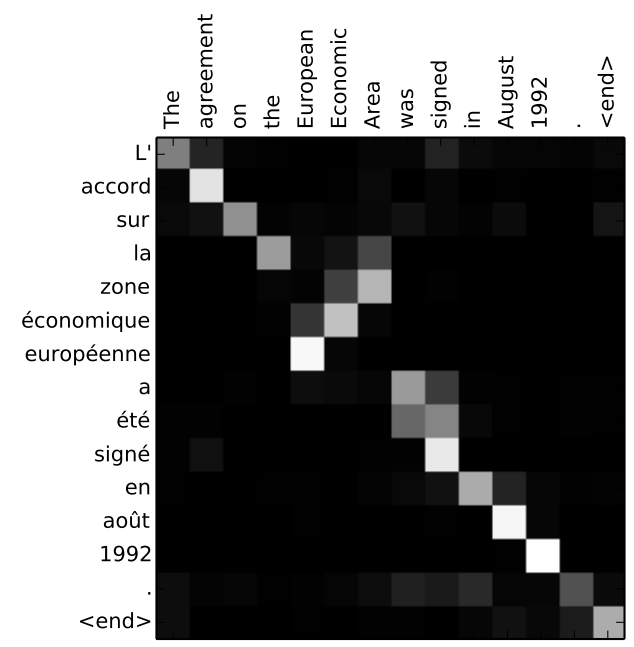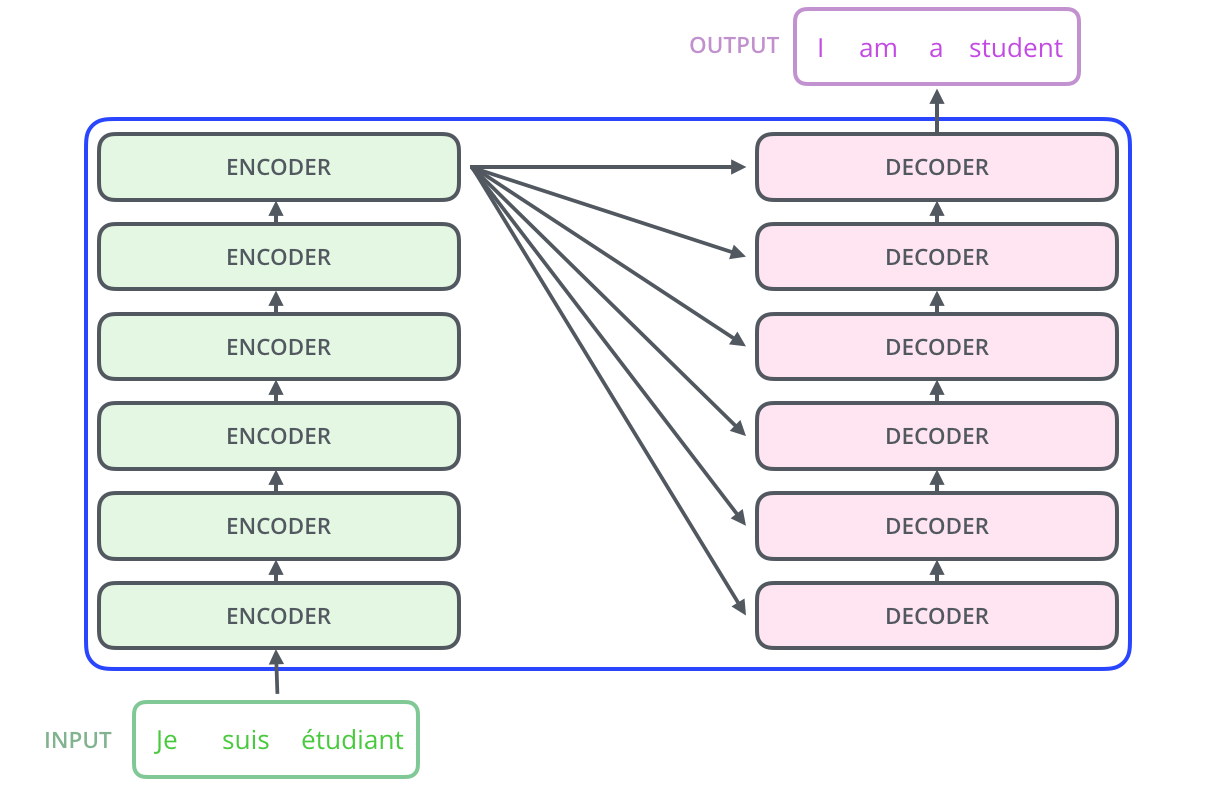Sequence Processing
Recurrent Neural Networks and more
Marek Šuppa
ESS 2020, Bratislava
Unfolded RNN
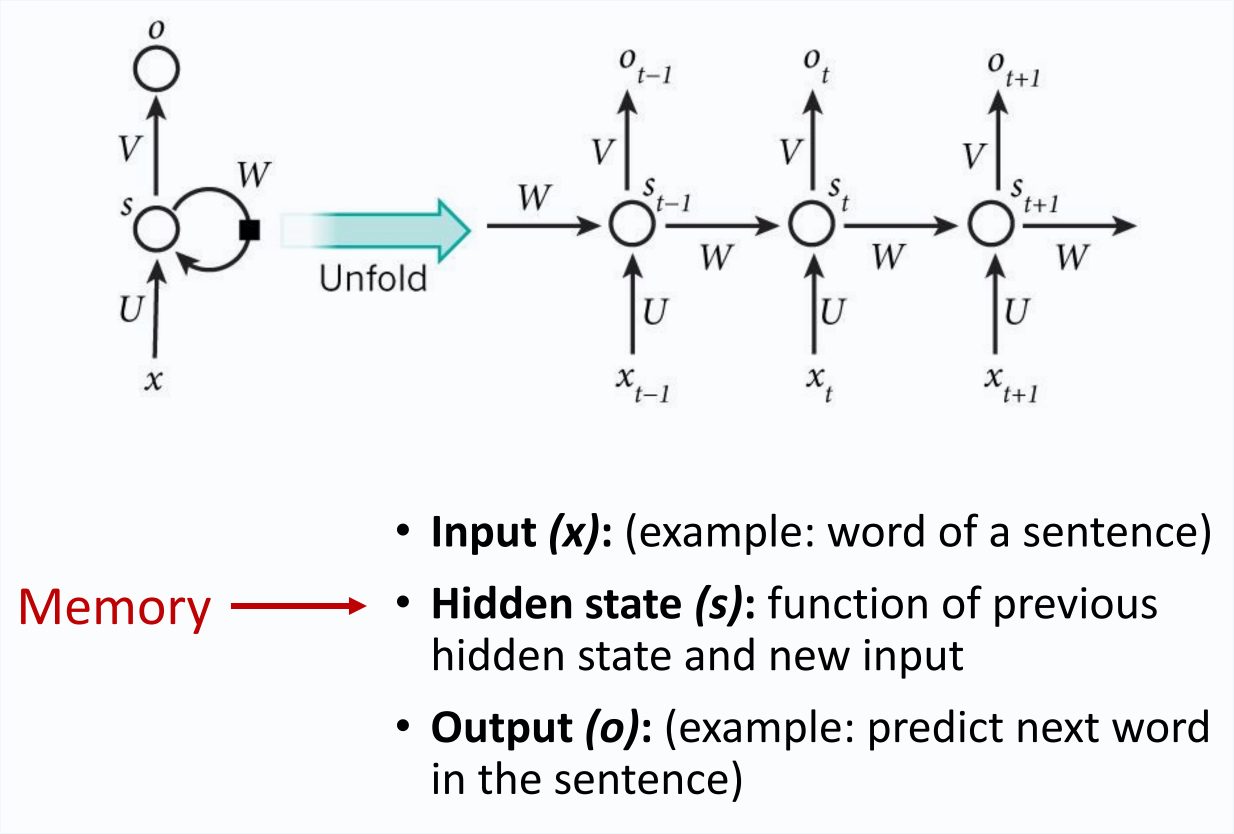
Unfolded RNN
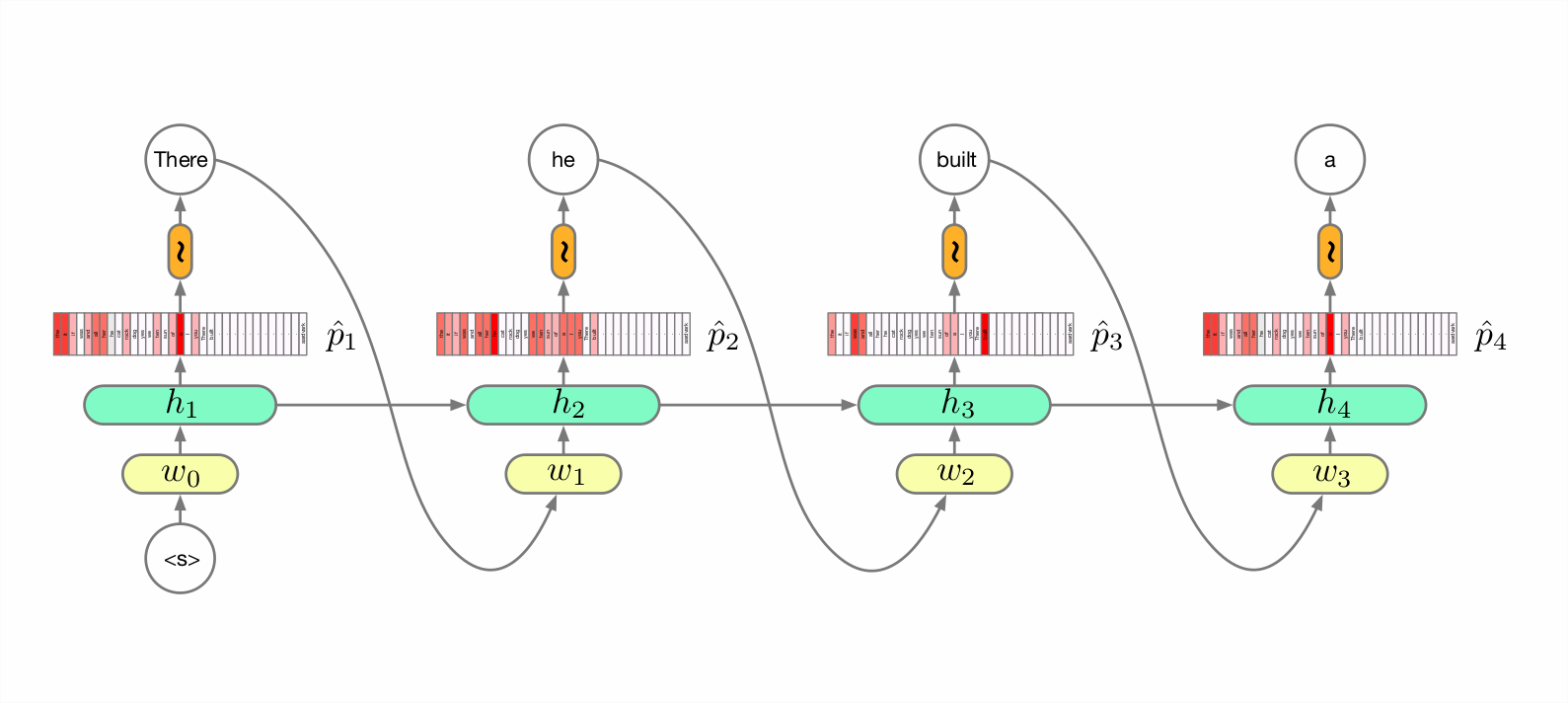
Training unfolded RNN
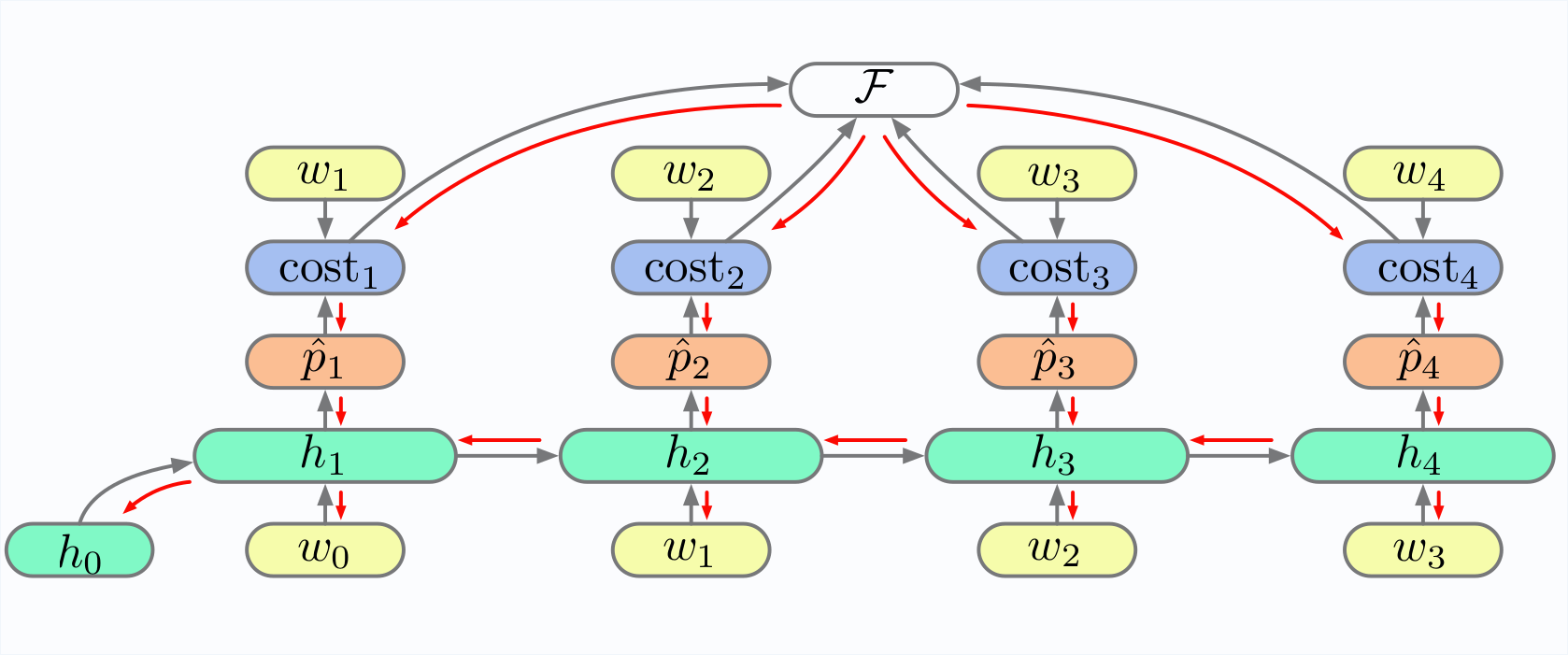
This concept is called Back Propagation Through Time (BPTT)
Training unfolded RNN

This concept is called Back Propagation Through Time (BPTT)
Training unfolded RNN
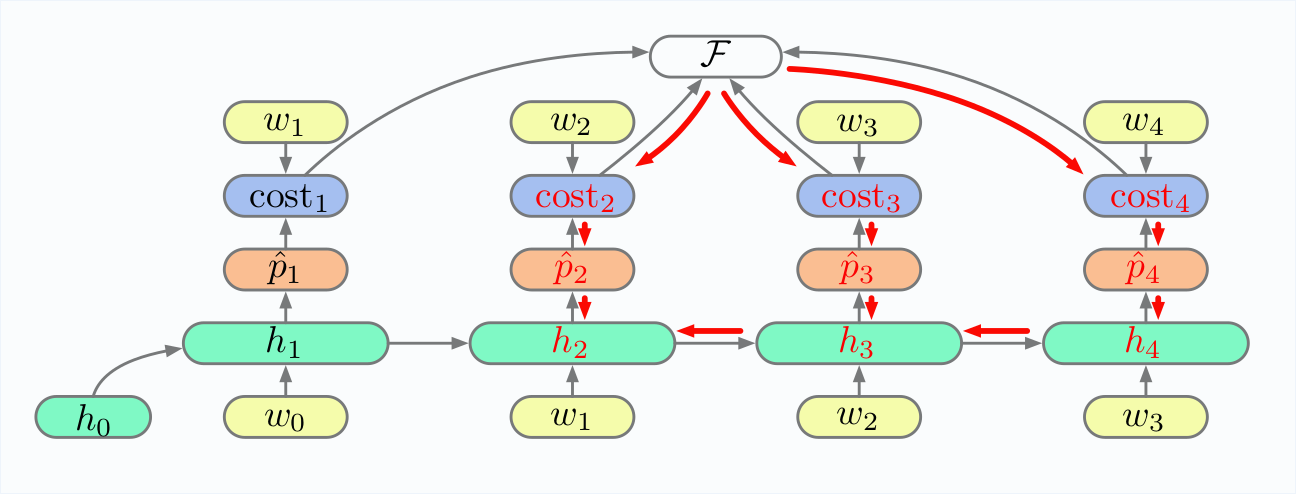
Note how various parts of the unfolded RNN impact h2
Problems with long-term dependencies
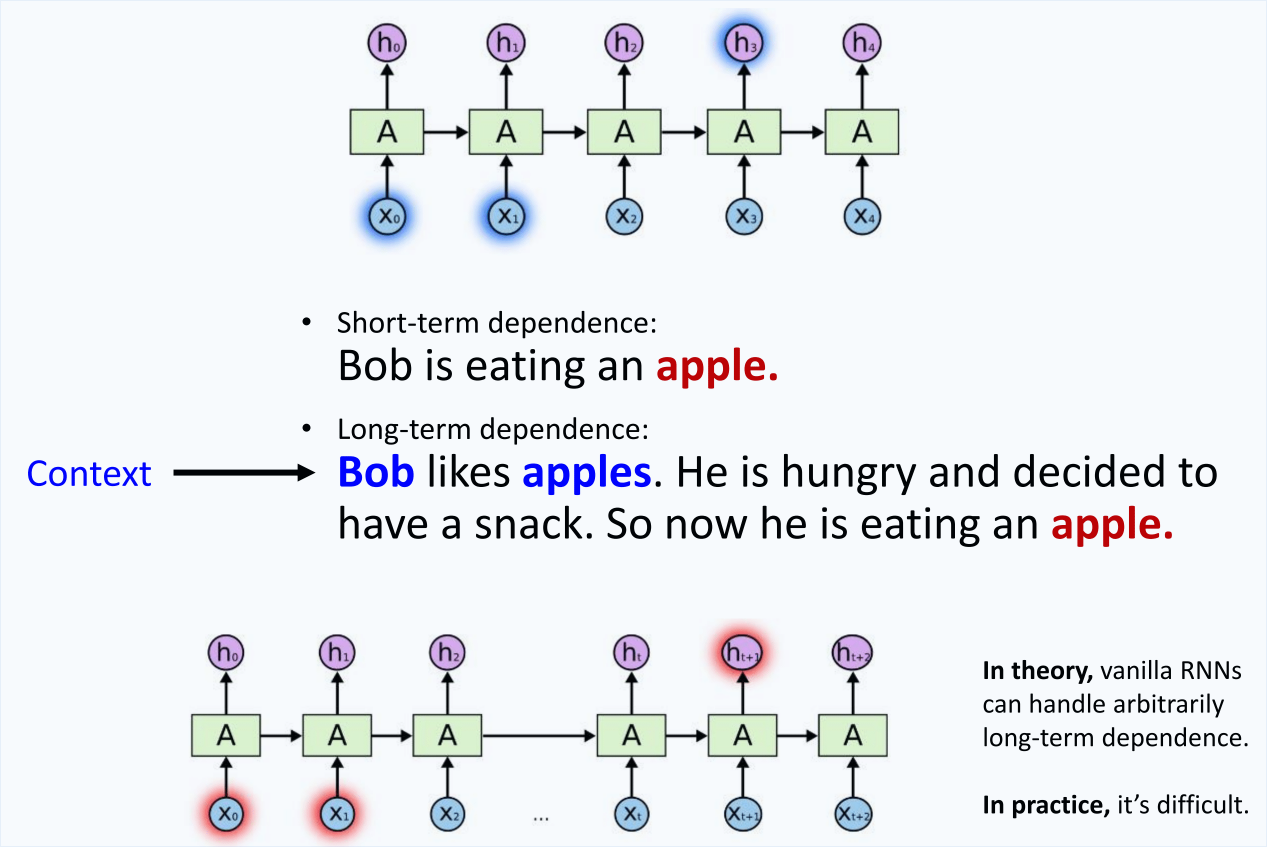
LSTM: what to forget and what to remember
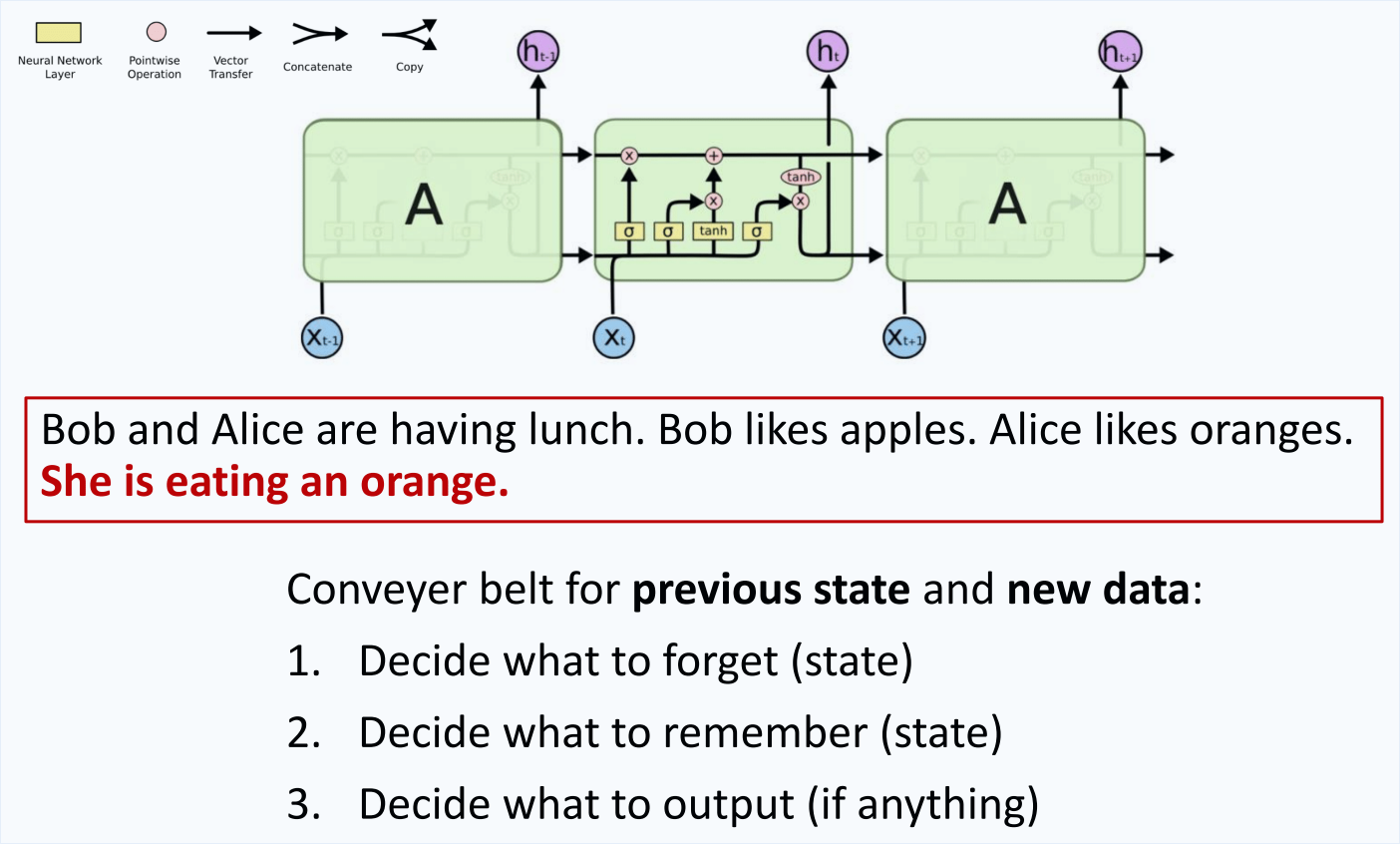
LSTM: Conveyor belt

LSTM: Conveyor belt

- The cell state is sort of a "conveyor belt"
LSTM: Conveyor belt

The cell state is sort of a "conveyor belt"
Allows information to stay unchanged or get slightly updated
All the following nice images are from http://colah.github.io/posts/2015-08-Understanding-LSTMs/ which I highly recommend
LSTM: Conveyor belt

Step 1: Decide what to forget
LSTM: Conveyor belt

Step 2: Decide
- which values to update (it)
- what should the new values be (ˆCt)
LSTM: Conveyor belt

Step 2.5: perform forgetting and update
LSTM: Conveyor belt

Step 3: produce output (ht)
LSTM: Conveyor belt
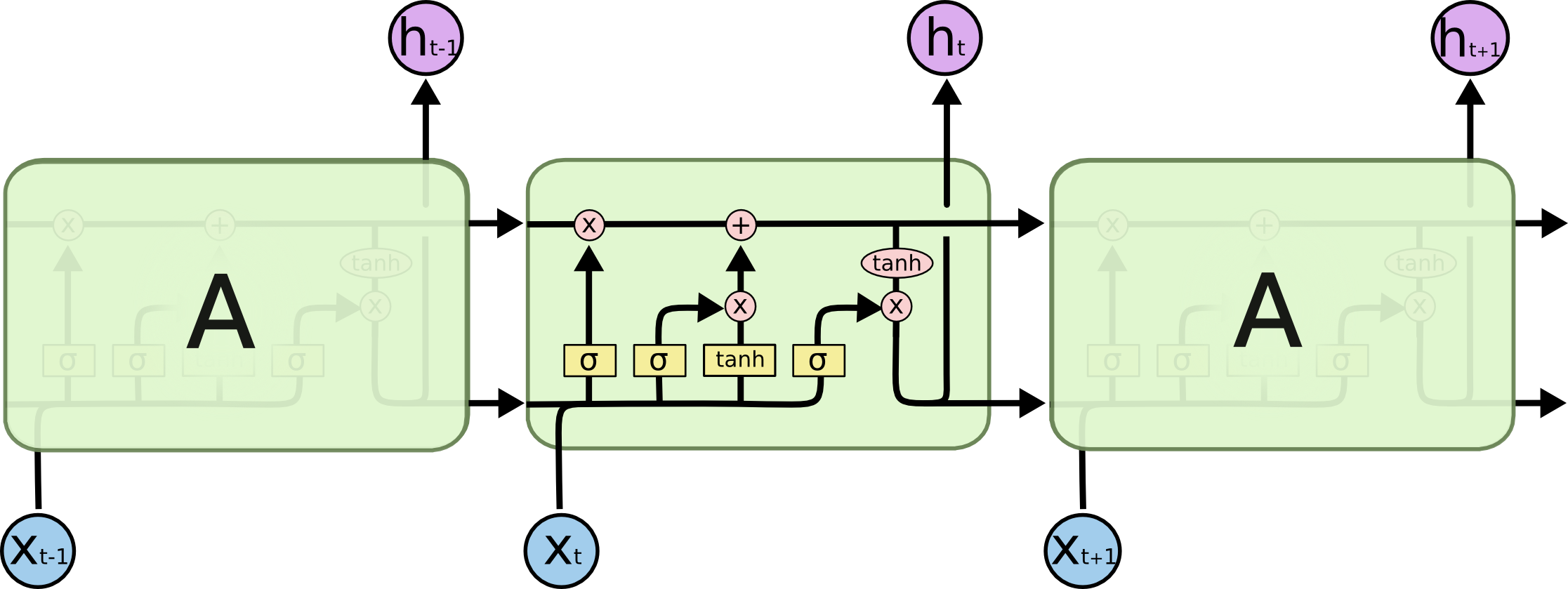
A coveyor belt that can pick
- what to remember
- what to forget
- what to output
GRU: Simplified conveyor belt

GRU: Simplified conveyor belt

- Forget and input combined into a single "update gate" (zt)
GRU: Simplified conveyor belt

Forget and input combined into a single "update gate" (zt)
Cell state (Ct in LSTM) merged with the hidden state (ht)
GRU vs LSTM
- GRU is smaller and hence requires less compute
- But it turns out it cannot count (especially longer sequences)
GRU vs LSTM
- GRU is smaller and hence requires less compute
- But it turns out it cannot count (especially longer sequences)
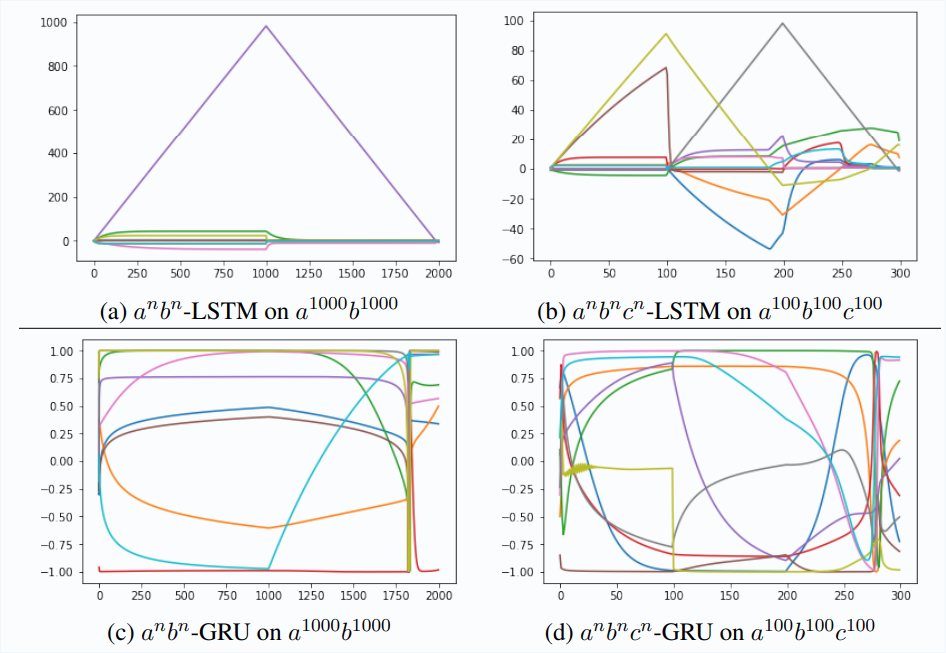
On the Practical Computational Power of Finite Precision RNNs for Language Recognition (2018)
Application: Machine Translation
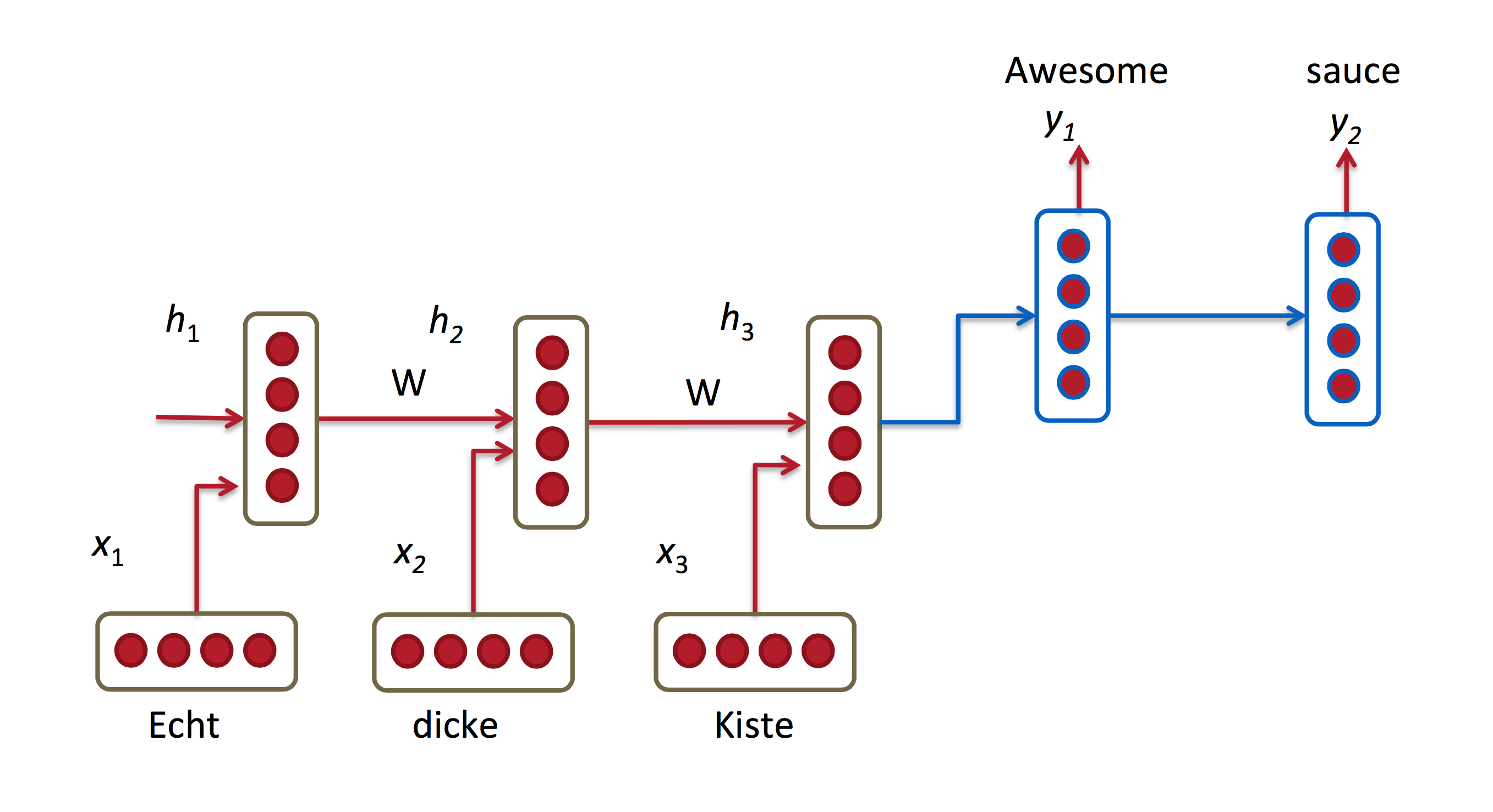
Application: Handwriting from Text
Input: "He dismissed the idea"
Application: Handwriting from Text
Input: "He dismissed the idea"
Output:

Application: Handwriting from Text
Input: "He dismissed the idea"
Output:

Generating Sequences With Recurrent Neural Networks, Alex Graves, 2013
Demo at https://www.cs.toronto.edu/~graves/handwriting.html
Application: Character-Level Text Generation
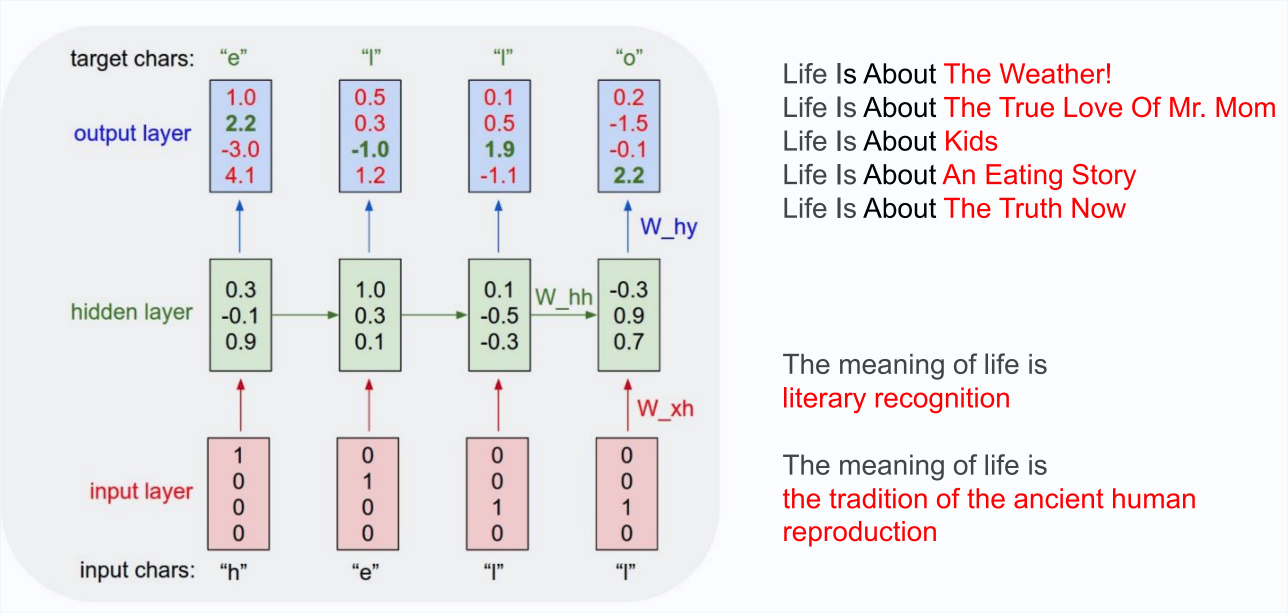
"The Unreasonable Effectiveness of Recurrent Neural Networks", Andrej Karpathy, 2015
Application: Image Question Answering
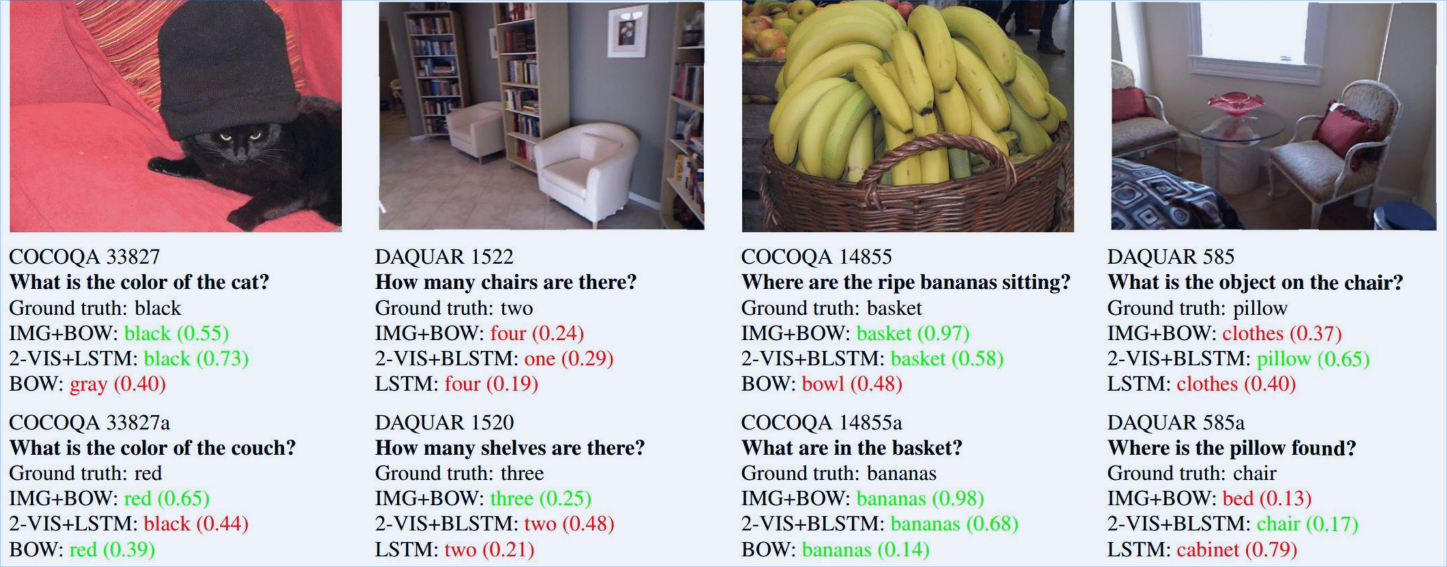
Application: Image Question Answering

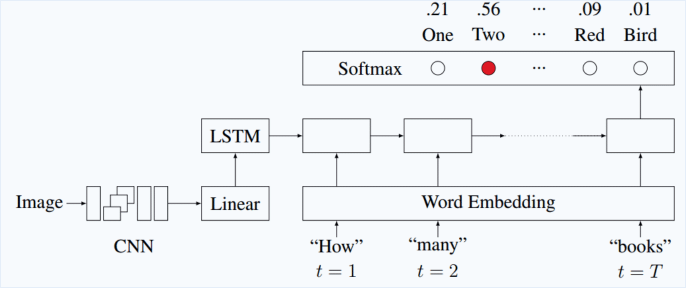 Exploring Models and Data for Image Question Answering, 2015
Exploring Models and Data for Image Question Answering, 2015
Live Demo at https://vqa.cloudcv.org/
Application: Image Caption Generation
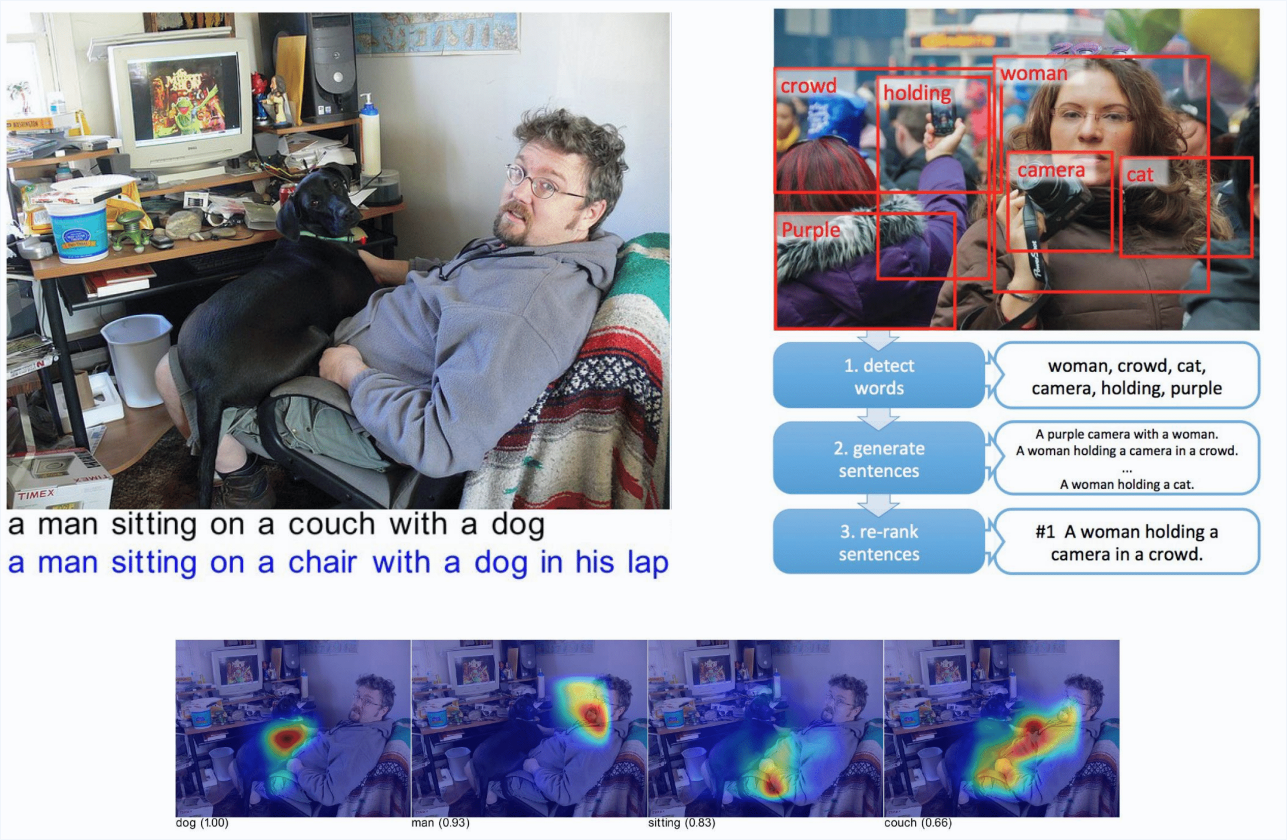
Application: Video Caption Generation
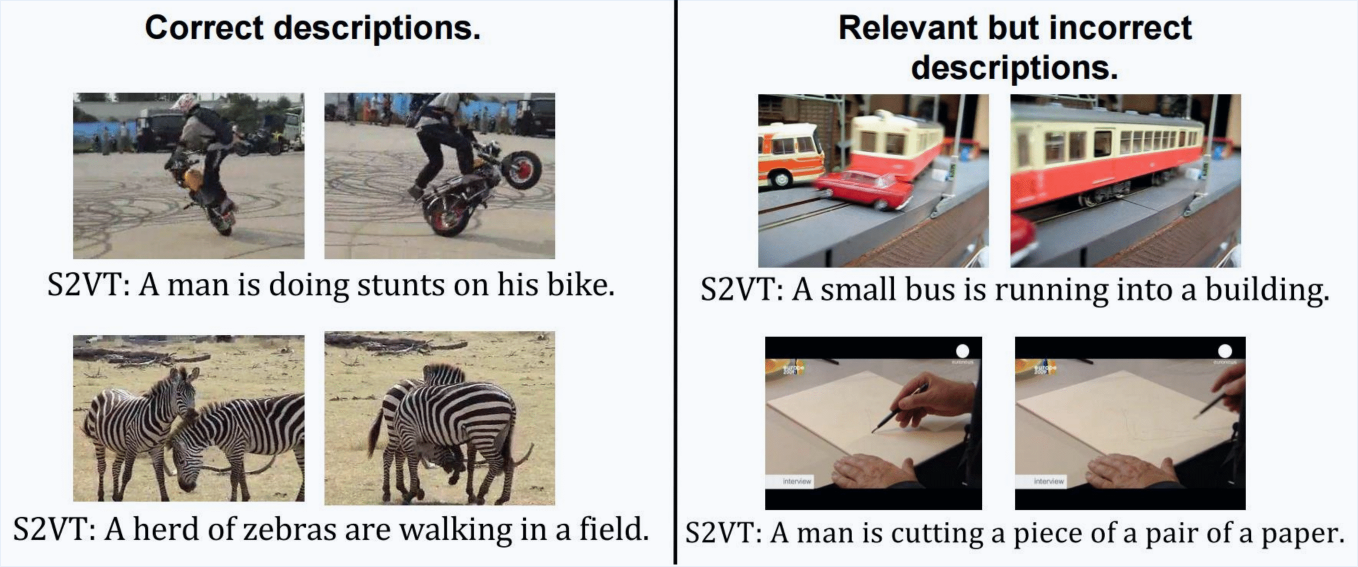
Application: Video Caption Generation

 Sequence to Sequence - Video to Text, Venugopalan et al., 2015
Sequence to Sequence - Video to Text, Venugopalan et al., 2015
Application: Adding Audion to Silent Film
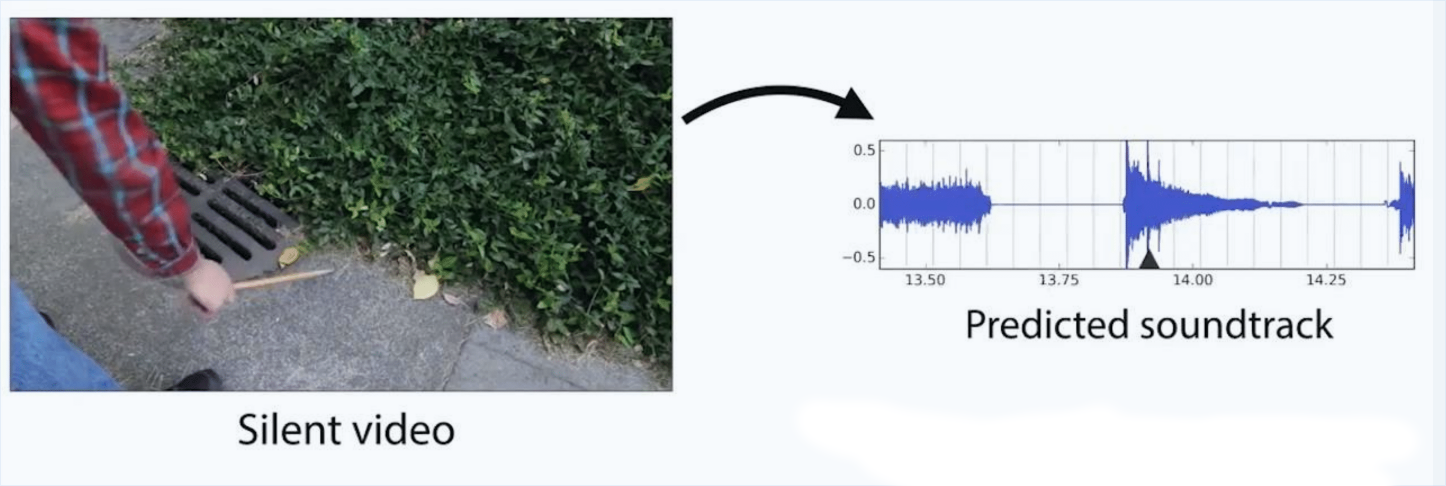
Application: Adding Audion to Silent Film

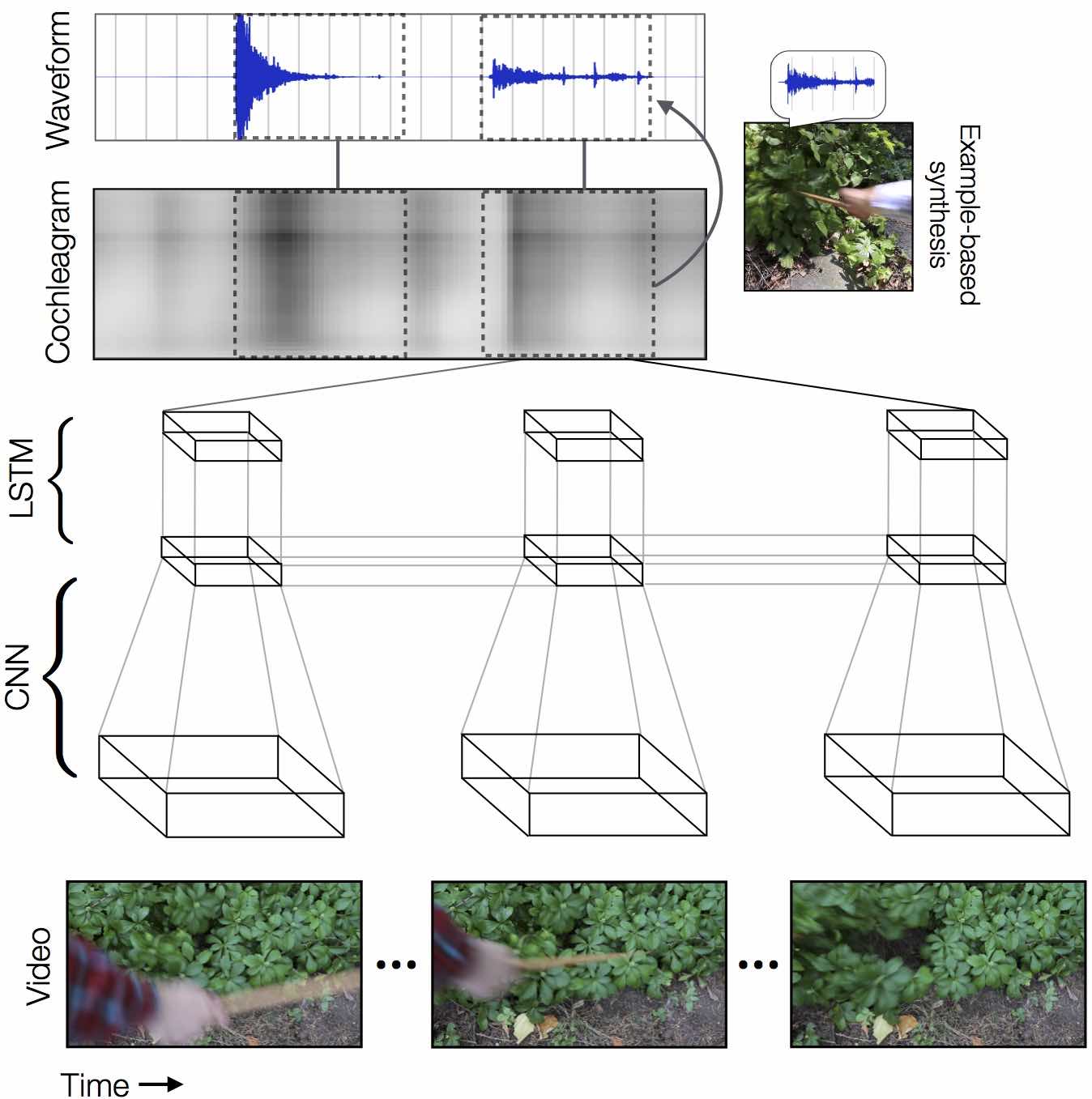 Visually Indicated Sounds, Owens et al., 2015
Visually Indicated Sounds, Owens et al., 2015
More at http://andrewowens.com/vis/
Application: Medical Diagnosis
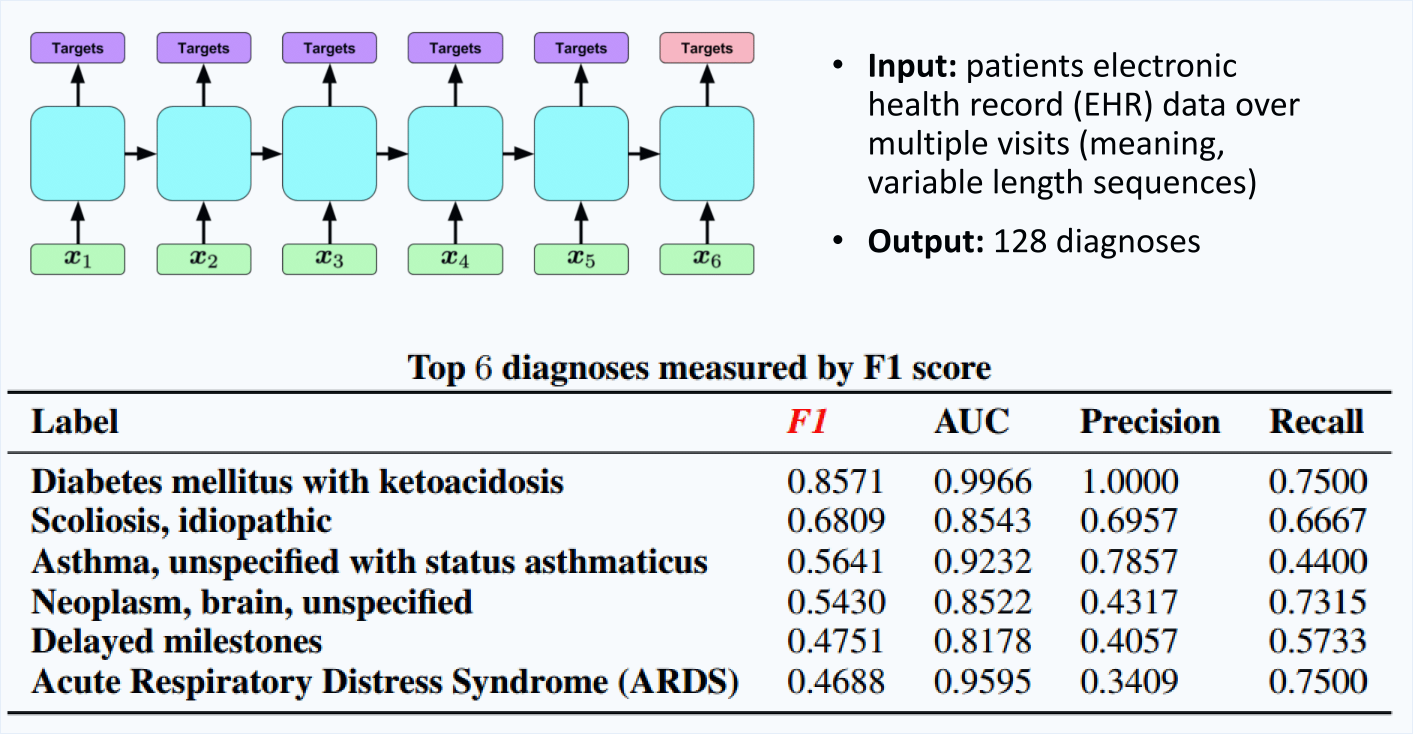
Application: End-to-End Driving *


Application: End-to-End Driving *


Input: features extracted from CNN Output: predicted steering angle
* On relatively straight roads
Application: Stock Market Prediction
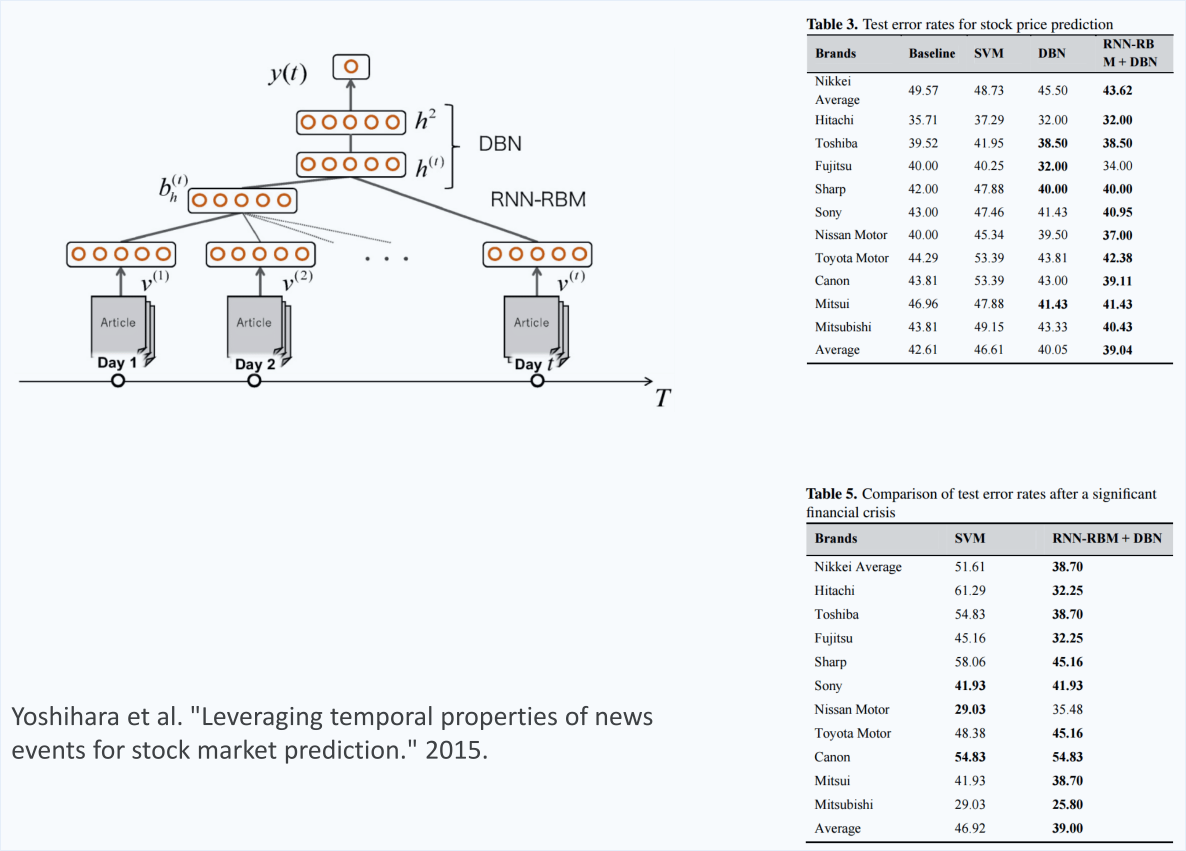
Application: Sentiment Analysis
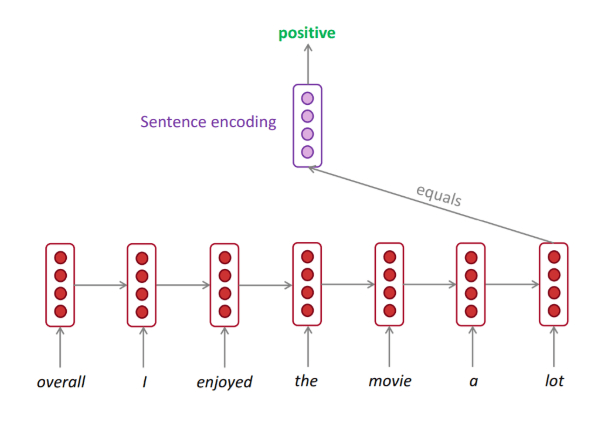
Try it yourself at https://demo.allennlp.org/sentiment-analysis/
Application: Named Entity Recognition (NER)
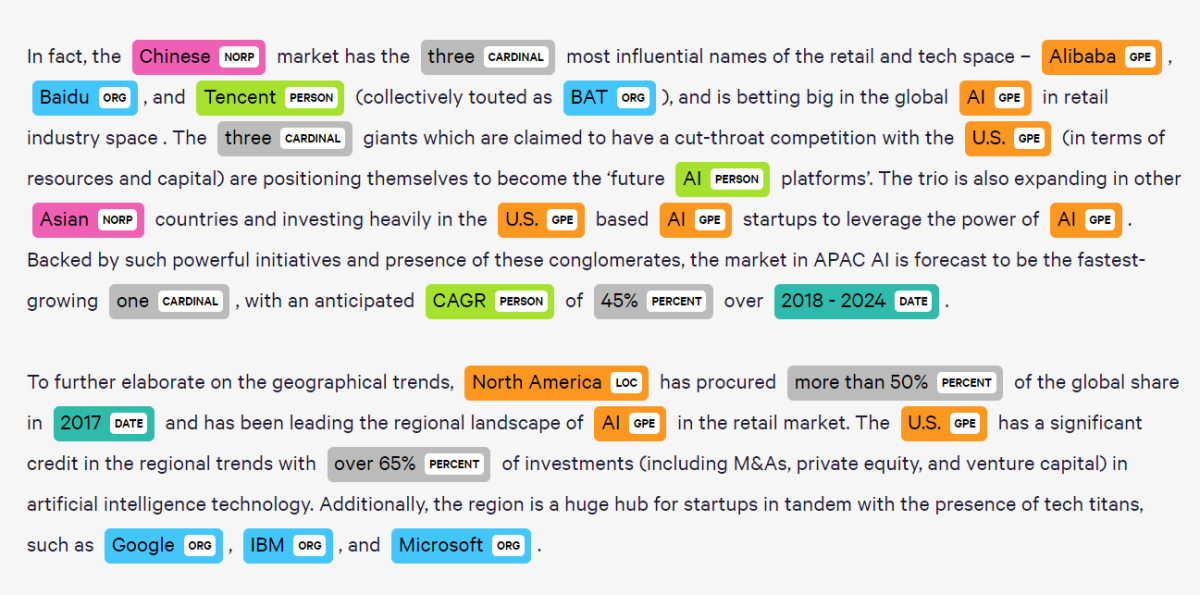
Try it yourself at https://demo.allennlp.org/named-entity-recognition/
Application: Trump2Cash
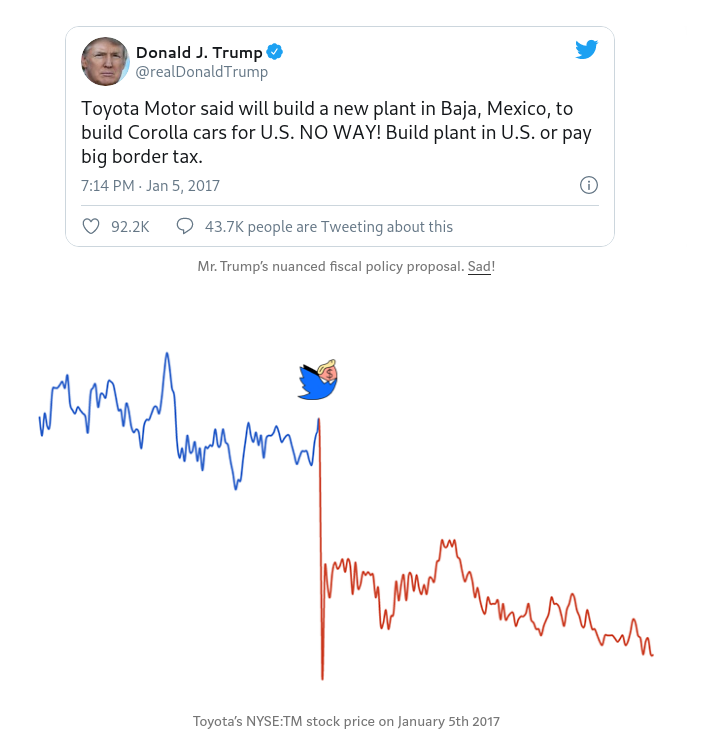
Application: Trump2Cash
- A combination of Sentiment Analysis and Named Entity Recognition
Application: Trump2Cash
- A combination of Sentiment Analysis and Named Entity Recognition
How it works:
- Monitor tweets of Donald Trump
- Use NER to see if some of them mention a publicly traded company
- Apply sentiment analysis
- Profit?
Attention and Transformers
History of Deep Learning Milestones
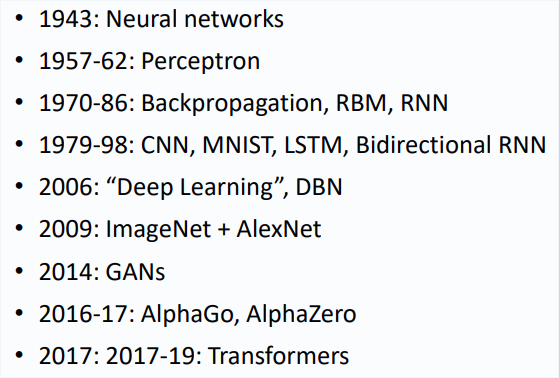
From Deep Learning State of the Art (2020) by Lex Fridman at MIT
The perils of seq2seq modeling
The perils of seq2seq modeling
Aren't we throwing out a bit too much?
Videos from https://jalammar.github.io/visualizing-neural-machine-translation-mechanics-of-seq2seq-models-with-attention/
The fix
Let's use the full encoder output!
The fix
Let's use the full encoder output!
But how do we combine all the hidden states together?
The mechanics of Attention
Getting alignment with attention
Attention also helps explainability of stock prediction
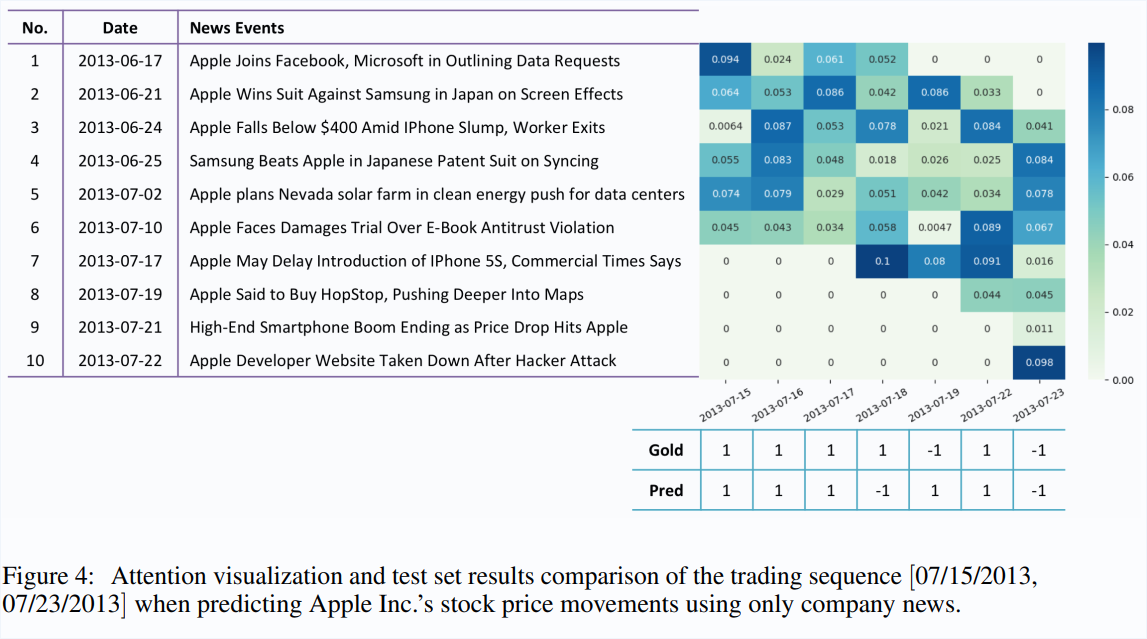
What if we only used attention?
The Transformer's Encoder
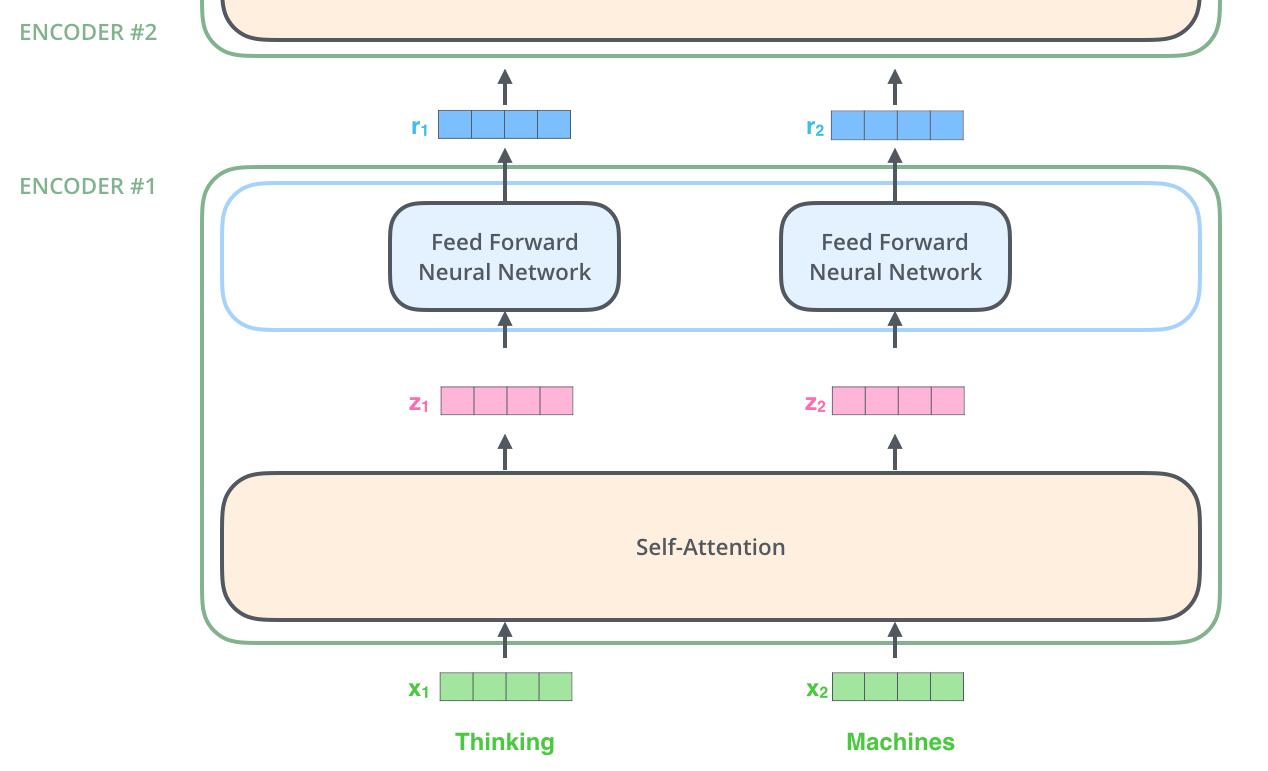
What's Self Attention?
The animal didn't cross the street because it was too tired.
What does "it" refer to?
What's Self Attention?
The animal didn't cross the street because it was too tired.
What does "it" refer to?
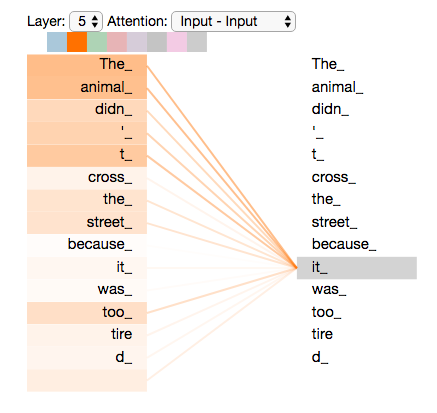
Self Attention mechanics
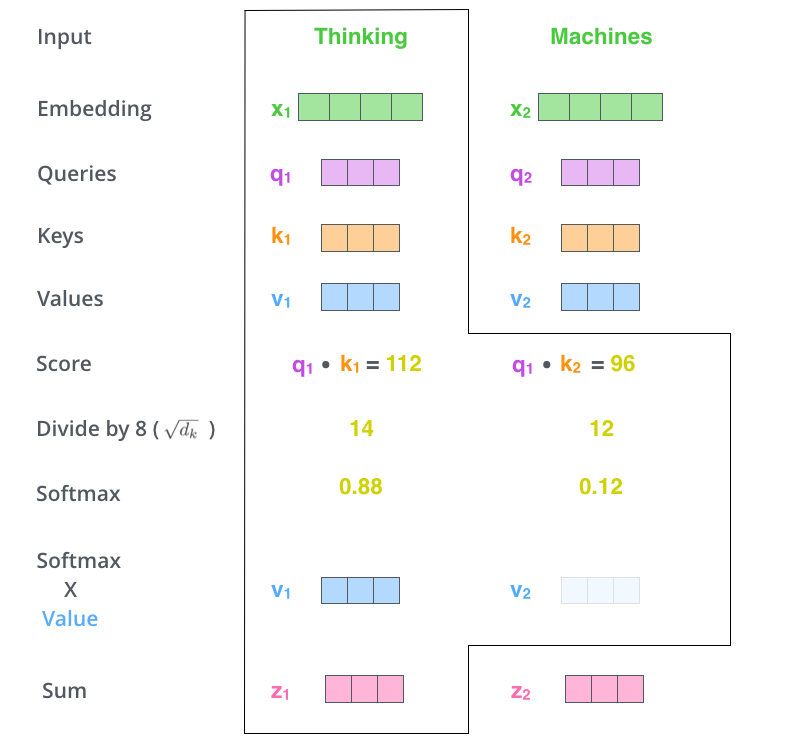
The full Transformer seq2seq process
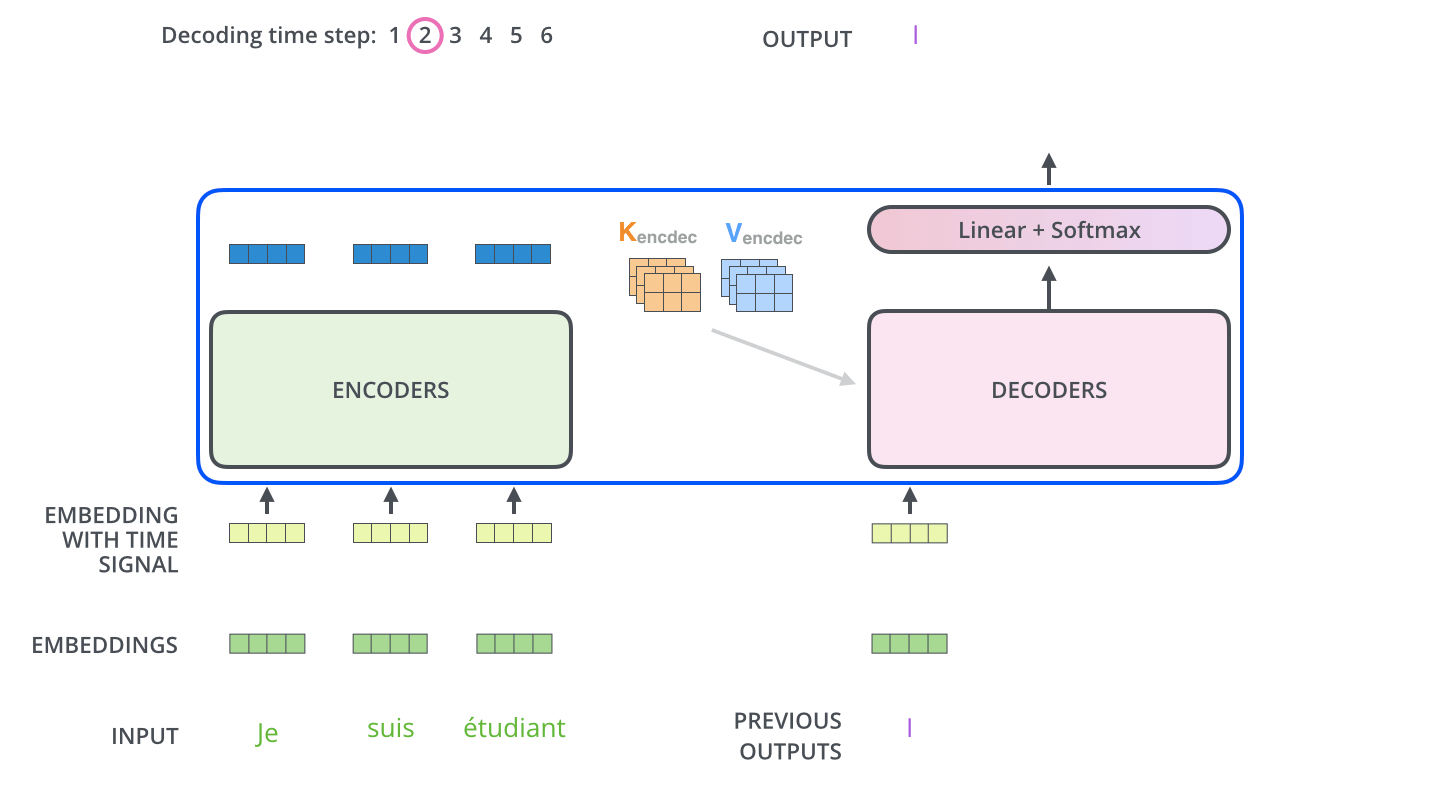
Transformer recap
- Encoder-decoder architecture
- No time-depencency due to self-attention
- Easy to paralelize
- Very helpful in many tasks
Big Transformers Wins: GPT-2
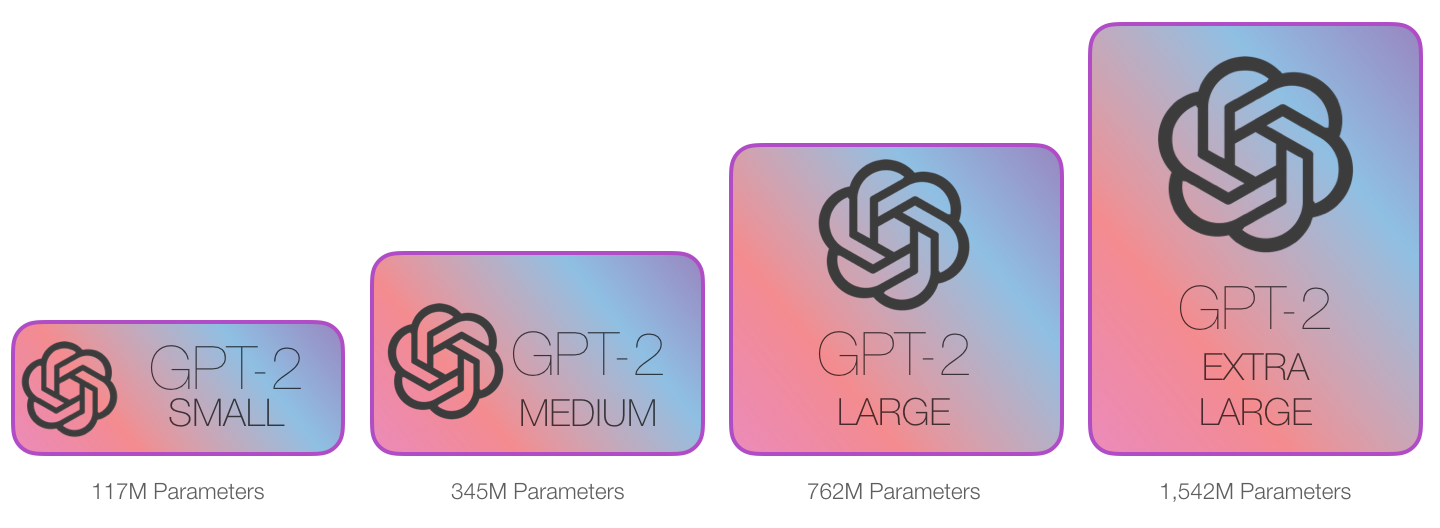
Try it yourself at https://transformer.huggingface.co/doc/gpt2-large
Big Transformers Wins: BERT
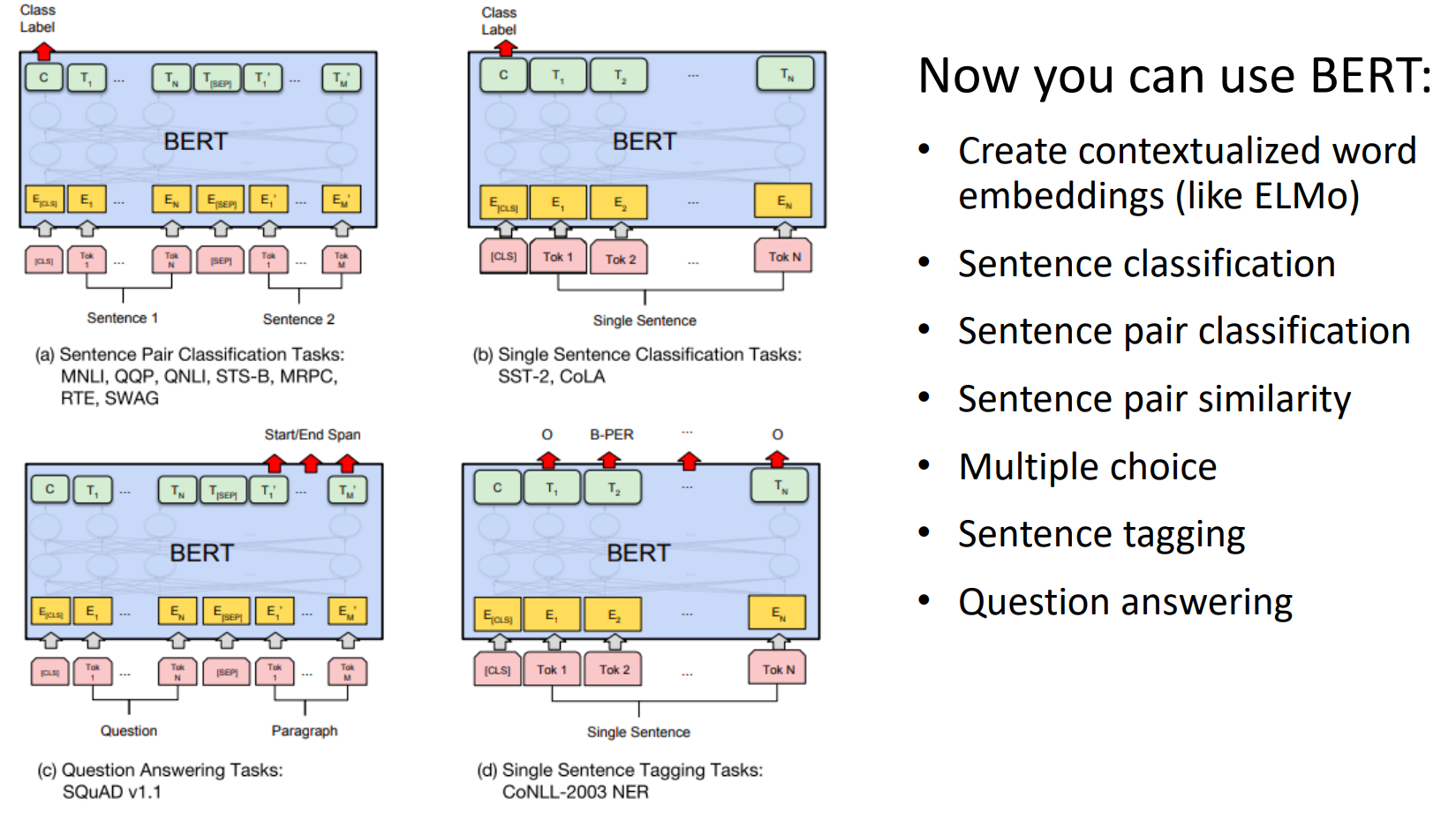
BERT: for Forex Movement Prediction
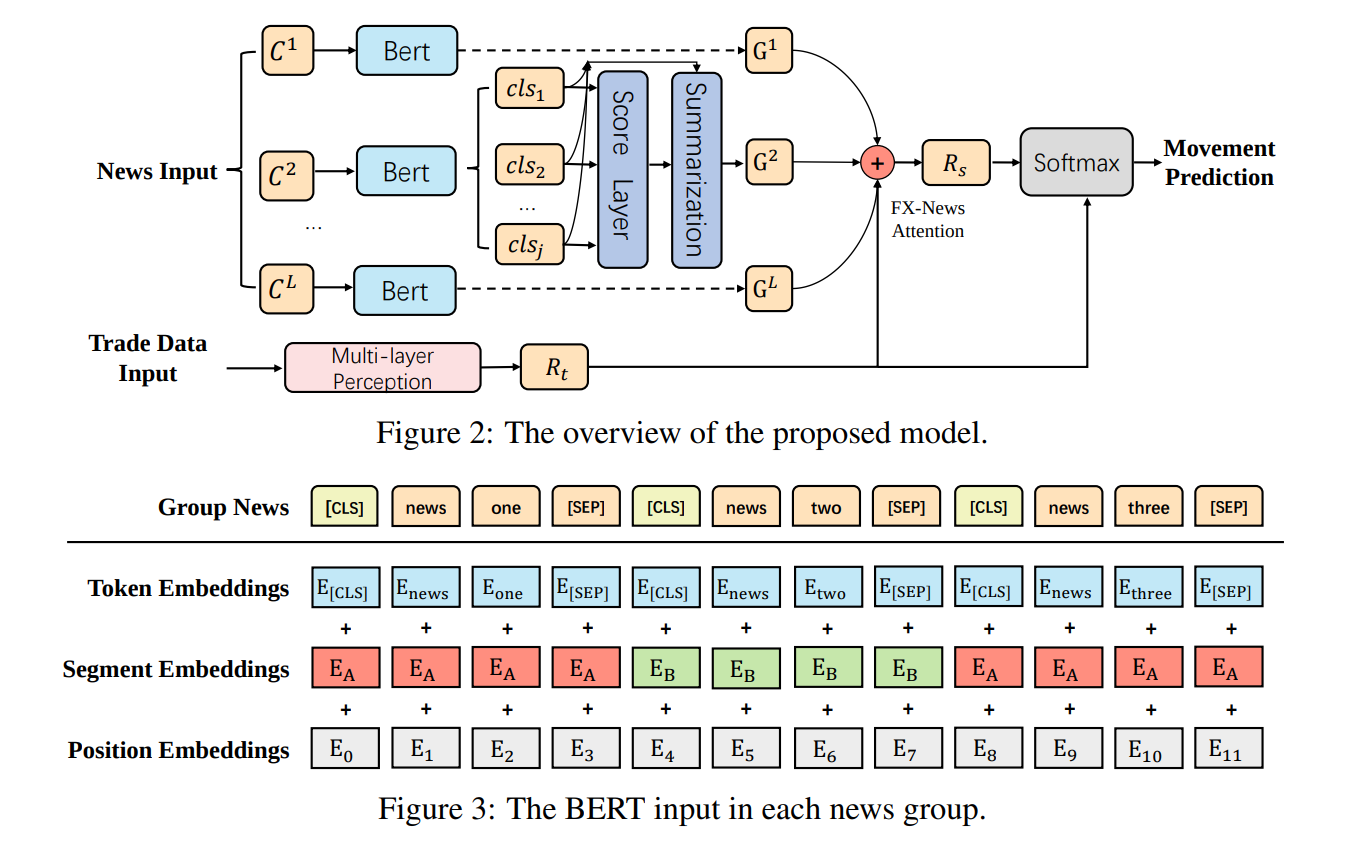
BERT: for Forex Movement Prediction
